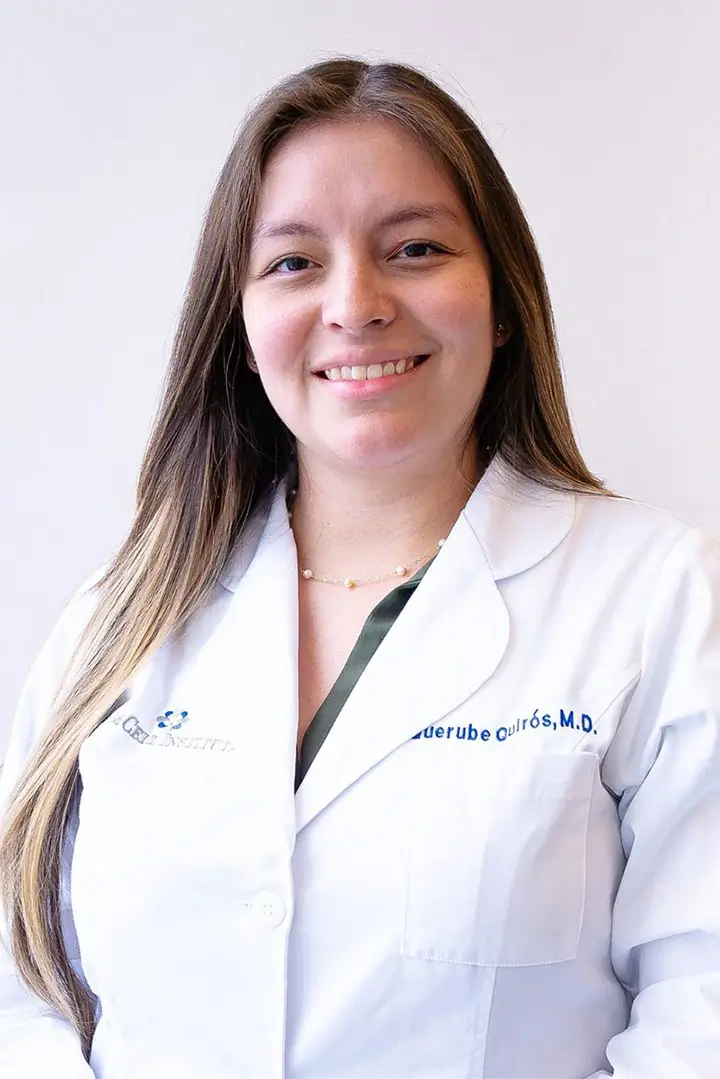In an advance that may prove useful in many areas of stem cell therapy, U.S. researchers have found a way to modify the surface of stem cells to direct them to where they’re needed.
Human mesenchymal stem cells, a type of adult stem cell that is a precursor of bone-forming osteoblast cells, were taken and the surface was modified by researchers at the Biomedical Research Institute at Brigham and Women’s Hospital in Boston. The stem cells were directed through the bloodstream into the bone due to the modification. The cells matured into new bone cells once they were in the bone.
“Without genetically reprogramming a stem cell, which could cause adverse effects, we were able to navigate the cell to a predetermined location — a necessary first step toward achieving tissue regeneration,” study lead author Dr. Robert Sackstein, a bone marrow transplant physician, said in a prepared statement.
“Stem cells must have a routing cue to traffic to where they’re needed, just like you need a Zip code to deliver mail,” Sackstein added.
Seeking out the adhesion molecule E-selectin found on the lining of bone vessels, including those found in the bone, HCELL is a homing receptor. In this study, Sackstein and his colleagues made the cells express the HCELL molecule by modifying the surface of the stem cells.
The cells migrated to bone and made patches of human bone within mouse bone once the modified cells were injected into mice.
The study is expected to be in the journal Nature Medicine in their February print issue, but the study was already published online on January 13th.

